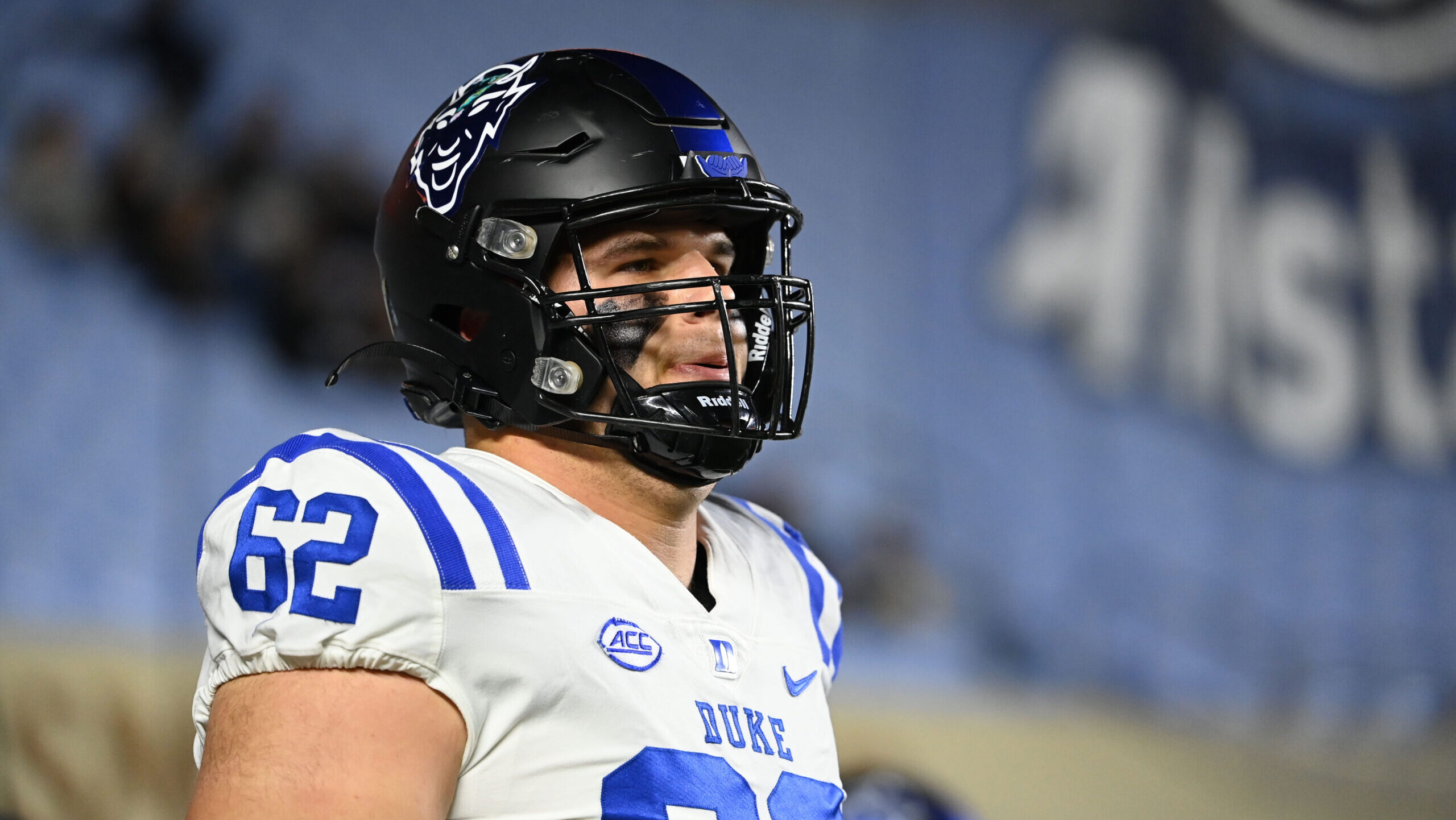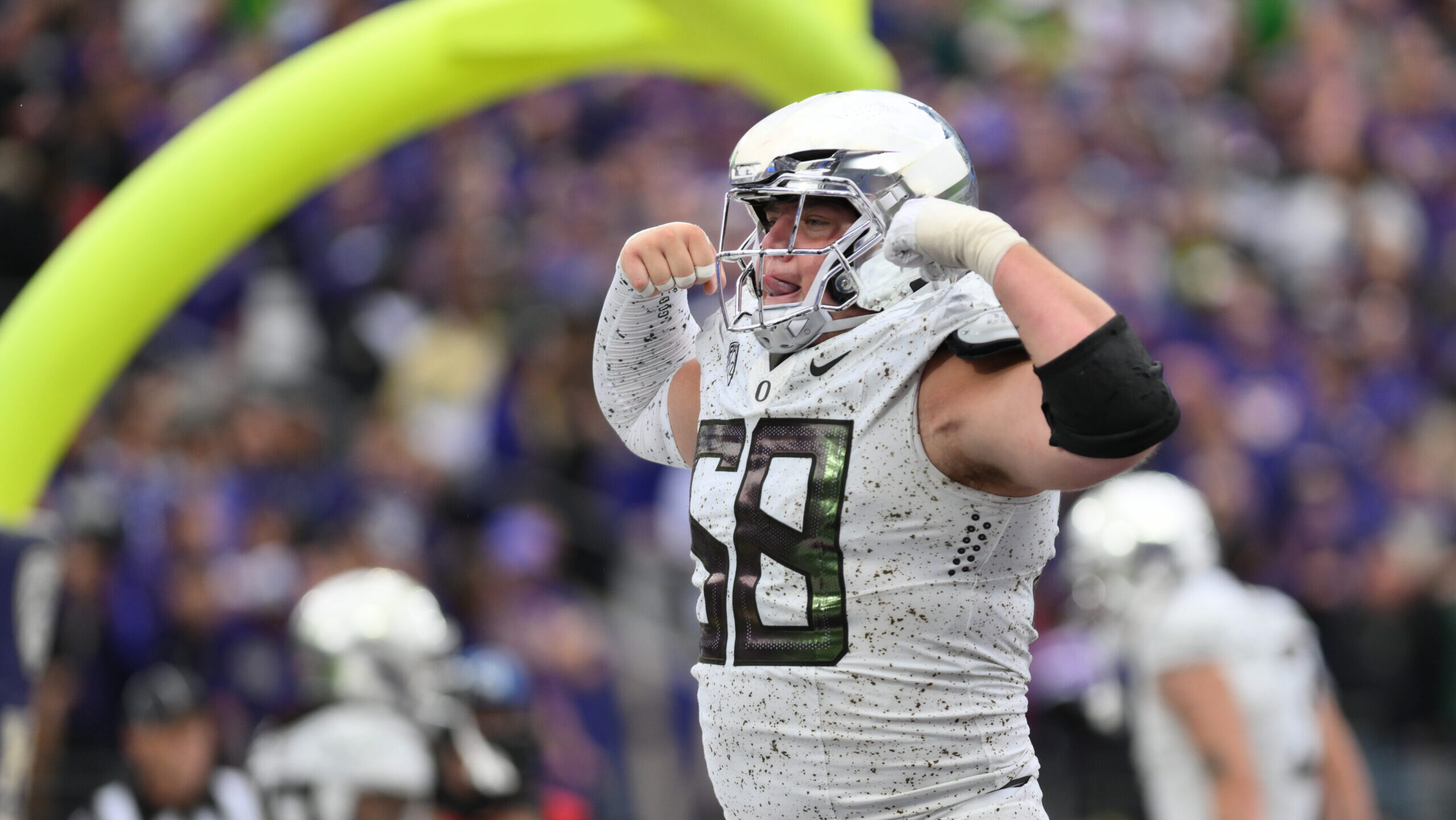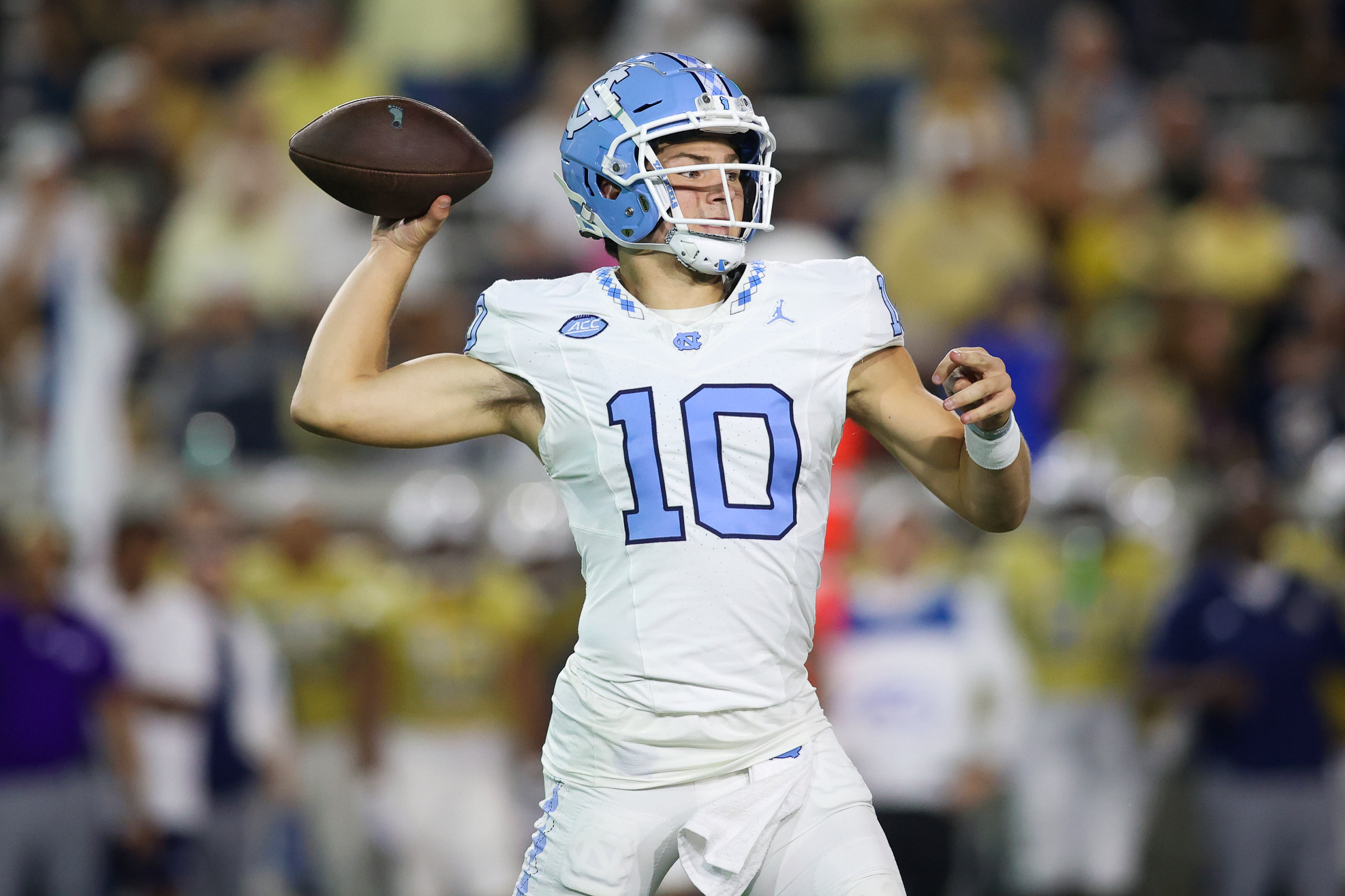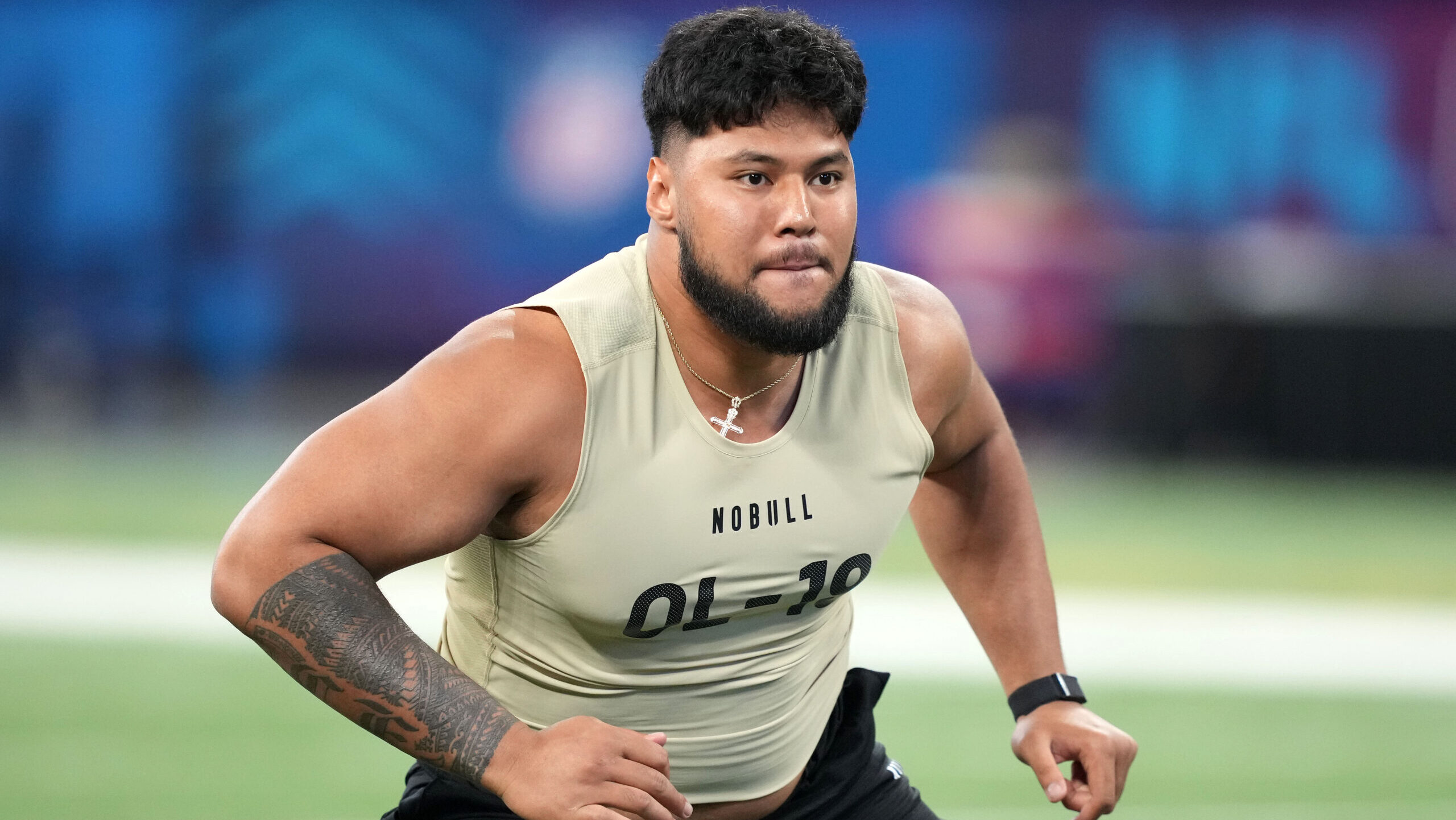Analysis
12/9/20
6 min min read
Is Alabama's DeVonta Smith Worth the Weight?
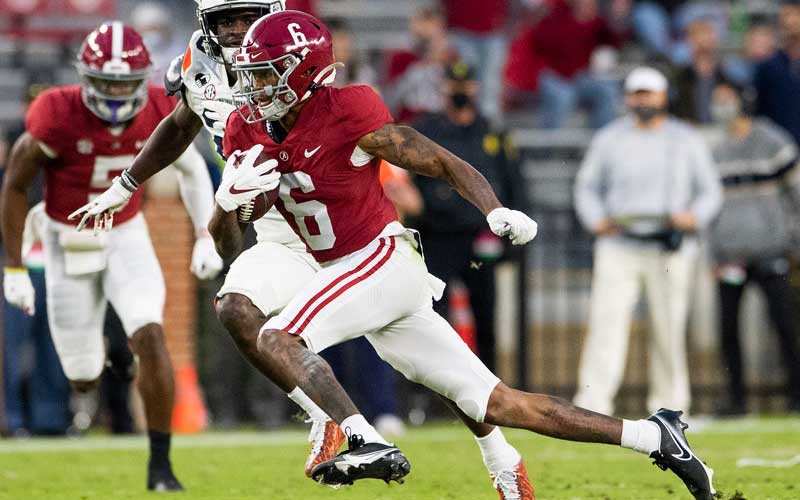

The wide receiver class of 2020 has largely lived up to the hype it received when a record-setting 13 receivers were taken in the first two rounds of the NFL draft. With the success of these rookies, combined with a promising crop of college talent this year, we may see a similar series of events come April 2021.
One of this year’s top prospects is 6-foot-1, 175-pound WR DeVonta Smith; of Alabama. It’s hard to find much wrong with Smith’s game; his biggest problem could very well be his size, or lack thereof. The average WR at the 2020 NFL combine was about 6-1, 201 pounds. So Smith is 26 pounds below average. With Smith’s frame, even if he bulks up in the next two months, it's highly unlikely he weighs in above 180 pounds at the 2021 combine.
Stretching back over the last 20 years, there haven’t been many receivers under 180 pounds that have been drafted in the first round. Those who have been first-rounders have had trouble living up to the expectations that come with being a first-round selection.

* Ginn’s height/weight are based on private workouts with NFL scouts, injury kept him out of the combine and Ohio State’s official pro day
Marquise Brown
It’s too early to make any kind of evaluations on Brown, especially since he spent the 2019 season working his way back from a foot surgery. Baltimore’s scheme may be another reason why we haven’t seen Brown truly make his mark in the NFL. As we all know, Baltimore likes to keep the ball on the ground. When they do decide to throw, it hasn’t been the deep ball, where Brown excels. Baltimore is 22nd in the NFL in yards per pass attempt at 6.5. Brown has certainly shown some flashes of the explosive playmaker he was at Oklahoma.
Stat Line for 2020: 12 games, 11 games started, 75 targets, 41 receptions, 555 yards, 4 TDs
Tavon Austin
Tavon Austin has been able to accumulate over 500 yards in a single season just once since entering the league in 2013 (509 yards).
This 500-yard season came in 2016 when...
- Austin ranked worst in average yards per target (among all 89 wide receivers with at least 50 targets)
- He was second-worst in WR rating (passer rating when targeted), eighth-worst in drop rate (percentage of catchable targets dropped), and 14th-worst in yards per route run (8.8)
- Austin was graded 6th worst via the pass when compared against the same 89 WRs
(All stats via PFF)
Out of receivers with 200+ targets since 2000, Tavon Austin ranks 303rd out of 305 in terms of yards/target at 5.5.
A big part of Austin’s game developed into a special teams role:
- Austin had a punt return TD in each of his first three seasons in the NFL
- In 2016, Austin had a career-high 44 returns for 336 yards
- He has accumulated a total of 1,466 punt return yards and 451 kick return yards over the course of his career thus far
Austin’s Stats over the years:

*Austin just recently signed with the Green Bay Packers
Injuries
- Austin never missed a game during his collegiate career
- He missed the last three games of his NFL rookie season due to an ankle injury
- Austin had some other minor injuries, but he only missed significant time due to injury in 2018 after suffering a groin tear

Ted Ginn
Ginn could be considered a bust as far as the Dolphins are concerned, but he did go on to rejuvenate his career. The 2020 season is now his 14th in the league. It is still safe to say Ginn didn’t produce at the level you would want from a No. 9 overall pick.
- He never had a 1,000-yard receiving season; the closest he ever got was in 2008 when he tallied 790 yards
- Ginn has a 54.2% catch percentage for his career; there were four years in which his catch percentage was below 50%
- His 10 receiving TDs in 2015 was a career high, good for seventh in the league that season; only one other time in his career did he crack the top 25 in this category
- Ginn never finished better than 36th in the league in terms of number of targets among all other WRs
- Ginn’s best finish among all WRs in terms of receiving yards is only 31st
Ginn, like Austin, was able to develop a role on special teams.
Ginn has had 4 punt returns for TDs as well as 3 kick returns for TDs
In his first year at Miami, Ginn had a career-high 63 kick returns for a total of 1,433 yards; averaging 22.5 yards per return
He has tallied 2,624 yards on punt returns and 6,899 yards on kick returns throughout his 14-year career
Injuries
- Ginn only missed time due to injury once during his collegiate career. He suffered a foot injury on a TD celebration on the opening drive of the National Championship game in January 2007.
- During his 14-year career, Ginn has participated in 16 games on seven different occasions
- Ginn missed time during the 2018 season due to a knee injury; he only appeared in five games
Why Will DeVonta Smith Be Different?
His Skills
Smith’s dynamic route running ability and elite ball skills make him stand apart from the rest. Austin and Ginn were heavily sought after primarily because of their speed. Austin and Ginn were both clocked at a 4.3 40. Smith is expected to come in around 4.5, with the possibility of nudging himself into the 4.4 range.
Smith’s versatility as a true wide receiver can’t be overstated. Austin was primarily used in the slot at West Virginia. In the NFL he, and other players with his smaller stature, have been used as a “gadget” type receiver. The point is to get him the ball in space on screens and quick routes and let him rack up yardage after the catch. This isn’t DeVonta Smith’s game. Yes, he’s great after the catch and can be used in the slot, but his game doesn’t stop there. Throughout his career at Alabama, Smith has been an integral part of the offense, lining up anywhere in the offensive formation. Smith has lined up one-on-one against the best CBs in college football and has had continued success.
The Alabama Strength Staff
It is also important to note the level of training Smith has received under the strength and conditioning staff at Alabama. Scott Cochran was the Alabama strength coach for 12 years before being replaced by David Ballou back in March of 2020. Cochran implemented what was known as the Fourth Quarter Program, which was centered around developing players physically for the grueling moments. His strength program prepared players to be at their best for the last 15 minutes of each game. In 2009, Alabama outscored opponents 121-32 in the fourth quarter. In 2011, the Tide managed to outscore opposing teams 111-18 in the last quarter of regulation.
Ballou and his partner Matt Rhea have brought to Tuscaloosa a new form of strength and conditioning, one keenly backed by science. This data-driven, scientific approach is more tailored towards each individual athlete’s needs. There is an emphasis on speed and power, all while focusing efforts on injury prevention. With this type of intricate high-level training, one could bet that Smith’s body is in the best condition for him to succeed. Many assume that players will put on the required weight once they get to the NFL. This could be true for players coming from smaller schools. If Alabama’s strength staff saw a need for Smith to be 185 pounds, there’s no doubt he would be working his way there.
Smith hasn’t had any concerning injuries at Alabama. He exited the 2018 game against Missouri early after suffering a knee injury. The injury kept him sidelined for a week and he was limited for two games following his return. Ever since his sophomore season, Smith has been taking on a full WR load and hasn’t raised any suspicion that his body isn’t equipped to handle the constant demands of the game.
The consensus is that Smith is a clear first-round pick
As former football executive Terry Bradway sees it, “the ability to separate in coverage,” is what best translates to the pro level for a WR with Smith’s frame. Smith has shown time and time again against the best competition in college football, his ability to break free from defenders through technique and skill, not just straight speed. His ability to separate comes in many forms; he has great quickness off the line of scrimmage, creates separation out of the break, and has an impressive feel for where to sit down in zone coverage. Bradway sees Smith as a complete football player; someone who understands and feels the game. When scouts sit down to watch Smith’s tape, they will see that what he lacks in size, he certainly makes up for in all the other areas that make a great receiver.


